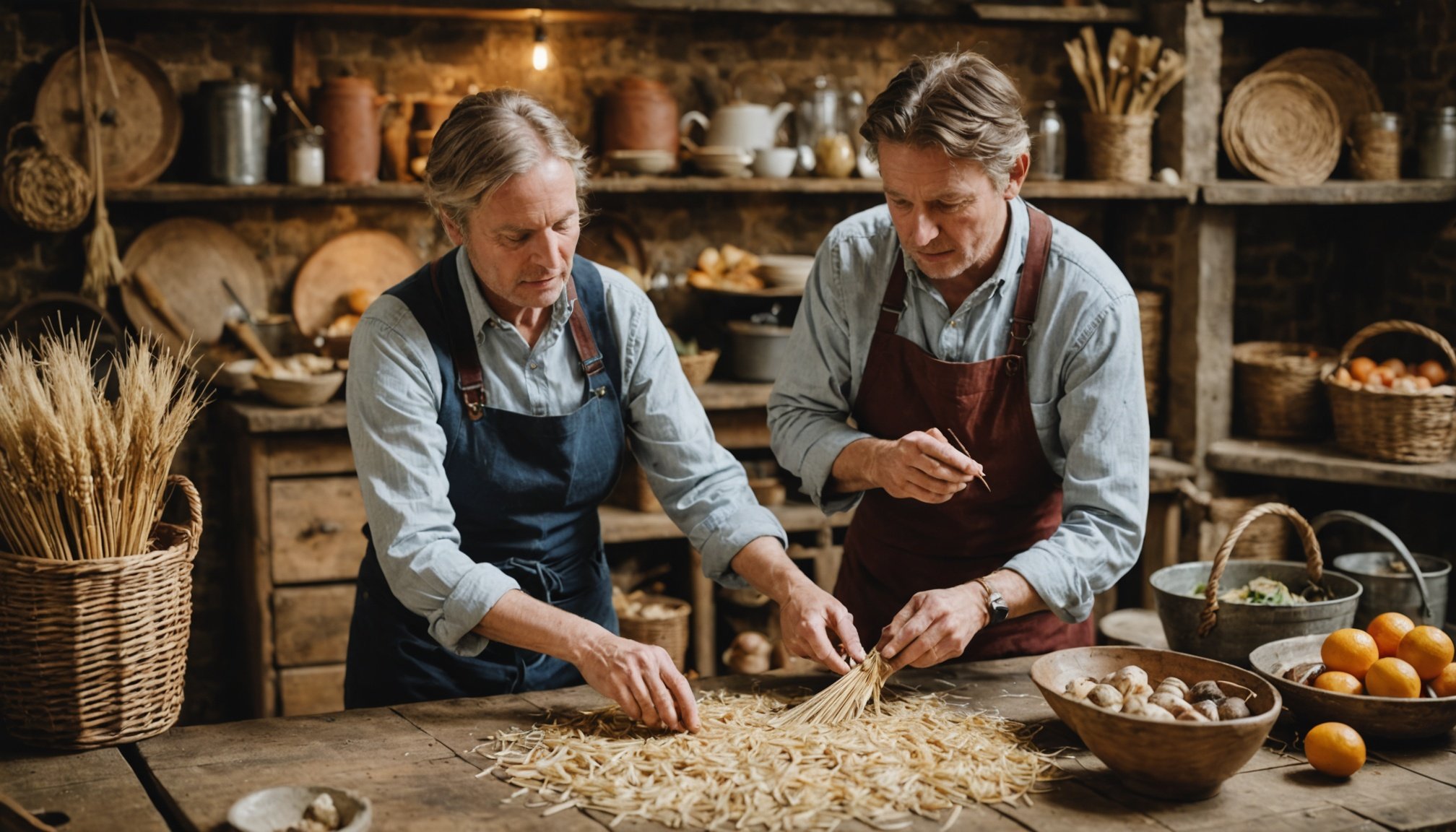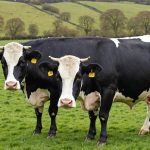Weaving Artisan Tales: The Power of Storytelling for UK Food Producers
In the vibrant world of UK food production, where artisanal crafts and local heritage intertwine, storytelling has emerged as a potent tool for building brand loyalty and connecting with audiences on a deeper level. This article delves into the power of storytelling, exploring how UK food producers can harness this art to elevate their brands, foster emotional connections, and celebrate their unique narratives.
The Importance of Storytelling in Brand Marketing
Storytelling is not just a nostalgic pastime; it is a marketing strategy that resonates deeply with people. In today’s fast-paced digital world, audiences are craving emotion, connection, and authenticity more than ever. Effective storytelling addresses these desires, making it a key ingredient for brand success.
Also to read : Green Transformation: Key Techniques for UK Manufacturers to Achieve Eco-Friendly Production
Identifying Your Core Ingredients
When it comes to brand storytelling, it’s crucial to identify the core elements that make your story compelling. This involves balancing facts with emotion, highlighting authenticity, and championing relatability. As Amy and Becky from Pier emphasized in their brand storytelling workshop for food and drink entrepreneurs, “When it comes to buying decisions, people tend to choose based on feelings first and facts second. If buying something makes you feel good, you’re much more likely to reach for your purse”[1].
Here are some key areas to focus on:
Also to see : Top Digital Wallet Tactics for UK Retailers: Mastering E-commerce Success
- Map Out Your Journey: Analyze your brand’s history and identify pivotal moments that can captivate your audience. Whether it’s the passion behind your first recipe or the challenges that shaped your product line, these stories help customers appreciate your brand’s history and values.
- Humanise Your Brand: Showcasing the people behind your product is essential. Share your ongoing journey, including both your wins and your challenges. This human touch makes your brand more relatable and genuine.
- Show and Tell: In the digital age, visuals are crucial. Use engaging visuals that align with your brand’s tone to complement your stories. This could include behind-the-scenes content, which is highly popular on social media.
- Extend Your Invitation: Encourage interaction with your audience and be responsive to feedback. User-generated content can be a powerful tool in making your audience feel part of your narrative.
Case Studies: Real-Life Examples of Compelling Brand Stories
Several initiatives and campaigns illustrate the power of storytelling in the UK food sector.
We Feed The UK: Celebrating Regenerative Farming
The “We Feed The UK” campaign is a prime example of how storytelling can inspire change. This national campaign pairs award-winning photographers and poets with regenerative farmers, urban growers, sustainable fishers, and grain rebels. The stories highlighted in this campaign celebrate the efforts of these “quiet revolutionaries” who are addressing climate change, biodiversity collapse, and social justice through sustainable farming practices.
For instance, the story of Mallon Farm in County Tyrone, featured in the campaign, showcases the revival of chemical-free flax farming. This narrative not only highlights the heritage of Irish linen but also demonstrates how sustainable farming can rejuvenate soil, waterways, and wildlife. As Helen Keys from Mallon Farm noted, “We started out because Irish linen was such a big piece of the heritage here, but we realised early on that the interest from people wasn’t just about the heritage but the fact that it was locally produced, sustainably produced, and could be part of a beneficial farming industry”[3].
Leveraging Storytelling on Social Media
Social media platforms have become indispensable tools for food producers to share their stories and connect with their audiences.
Creating Engaging Content
To make your stories resonate on social media, here are some tips:
- Use High-Quality Visuals: Invest in good photography and videography that aligns with your brand’s aesthetic.
- Share Behind-the-Scenes Content: Give your audience a glimpse into the daily life of your business, showcasing the people and processes behind your products.
- Encourage User-Generated Content: Invite your customers to share their experiences with your products. This not only creates a sense of community but also provides valuable social proof.
- Be Consistent: Maintain a consistent tone and style across all your social media platforms to reinforce your brand narrative.
The Role of Local Culture and Heritage in Brand Narratives
Local culture and heritage play a significant role in shaping the narratives of UK food producers.
Celebrating Regional Identities
The UK is a country with diverse regional identities, each with its own unique culinary traditions. For example, Scottish consumers often prefer products that reflect their national heritage, such as haggis or lamb. Similarly, Welsh consumers might favor local specialties like Welsh cakes or Bara Brith[4].
Here’s how you can incorporate local culture into your brand story:
- Highlight Local Ingredients: Emphasize the use of locally sourced ingredients and their significance in your products.
- Share Historical Context: Provide historical context about your products and how they fit into the local culinary tradition.
- Collaborate with Local Artisans: Partner with other local artisans or producers to create products that reflect the collective heritage of your region.
Art and Storytelling: A Powerful Combination
The intersection of art and storytelling can elevate your brand narrative to a new level.
The Clean Blue of Linen: An Example of Art Storytelling
The “Clean Blue of Linen” project, part of the “We Feed The UK” campaign, is an excellent example of how art can enhance storytelling. This project features evocative photography by Yvette Monahan, capturing the beauty and significance of chemical-free flax farming at Mallon Farm. The accompanying poem by Abby Oliveira adds a poetic layer to the narrative, celebrating the potential of flax farming to unite local communities and redefine sustainable farming practices[3].
Practical Insights and Actionable Advice
Here are some practical tips and advice for UK food producers looking to harness the power of storytelling:
Building Emotional Connections
- Be Authentic: Share genuine stories that reflect the true essence of your brand.
- Use Storytelling to Educate: Use your stories to educate your audience about the benefits of your products, such as sustainability or local sourcing.
- Create a Sense of Community: Encourage interaction and engagement to make your audience feel part of your brand’s journey.
Crafting a Compelling Brand Narrative
| Element | Description |
|---|---|
| Core Ingredients | Balance facts with emotion; highlight authenticity and relatability. |
| Brand Journey | Map out pivotal moments in your brand’s history. |
| Human Touch | Showcase the people behind your product. |
| Visuals | Use high-quality visuals that align with your brand’s tone. |
| User-Generated Content | Encourage customers to share their experiences with your products. |
| Local Culture | Highlight local ingredients and historical context. |
| Art Integration | Use art to enhance your storytelling, such as photography or poetry. |
Time-Tested Strategies
- Consistency is Key: Maintain a consistent tone and style across all your marketing channels.
- Engage with Your Audience: Respond to feedback and encourage interaction to build a loyal community.
- Leverage Social Media: Use social media platforms to share your stories and engage with your audience in real-time.: The State of Art in Storytelling
Storytelling is not just a marketing tactic; it is an art form that can transform how people perceive and connect with your brand. By weaving artisan tales that highlight your brand’s unique narrative, you can create emotional connections, foster brand loyalty, and celebrate the local culture and heritage that make your products special.
As Rowan Phillimore, Co-Director of The Gaia Foundation, aptly put it, “The arts have the power to speak to the heart. Apathy is such a big barrier, and hope activates.”[3] By using storytelling effectively, you can inspire hope and create a lasting impact on your audience.
In the world of UK food production, where every product has a story to tell, the power of storytelling is undeniable. Whether you are a small artisanal producer or a well-established brand, storytelling can help you stand out, connect with your audience, and leave a lasting impression in the hearts and minds of your customers.











